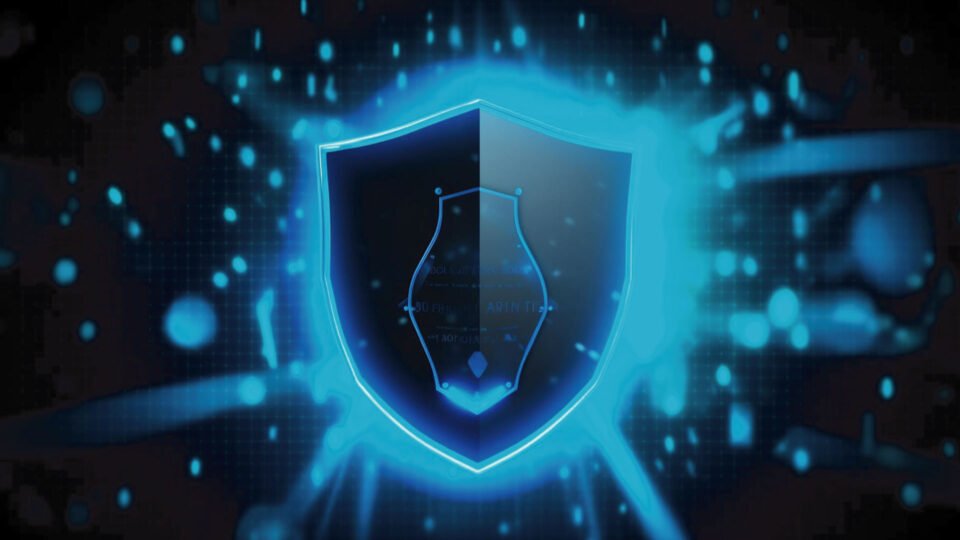After reviewing more than 2 billion emails, spam is up and QR codes continue to emerge as a significant threat vector.
VIPRE Security Group, a global leader and award-winning cybersecurity, privacy, and data protection company, today released its latest email-focused security research, “The VIPRE Q2 Email Security Report,” a quarterly report that provides deep insights into the email threat landscape based on the analysis of nearly 2 billion emails.
Specifically, according to VIPRE, 85% of phishing emails utilized malicious links in the content of the email, and spam emails increased by 30% from Q1 to Q2 2023. Information technology organizations also overtook financial institutions (9%) as the most targeted sector for phishing in Q2 as compared to VIPRE’s previous quarterly report.
Additionally:
- 58% of malicious emails utilized spoof content
- 67% of spam emails in Q2 originated in the US
- Qakbot was the top malware family in Q2 2023
In its analysis, VIPRE also discovered a new, macro-less malspam email campaign containing a spoof “.docx” – macro-less means the attacker bypasses the security warnings added to Microsoft Office programs in response to traditional macro malware. This specific campaign contained a malicious external resource page called up when the victim opened the file.
A previously unknown malspam email campaign exploits the CVE-2022-30190 (or “Follina) vulnerability, facilitating remote code execution (RCE) on the victim’s system by leveraging the Microsoft Support Diagnostic Tool (MSDT).
Furthermore, in Q2 2023, 58% (~130 million) of the nearly 230 million malicious emails VIPRE detected utilized nefarious content. Likewise, 42% (~95.7 million) of these emails involved malicious links, and, most interestingly, VIPRE detected 90,000 of the 5 million malicious attachments with behavioral-driven monitoring.
Malicious content likely tops the Q2 2023 list because, with security awareness programs becoming increasingly more common, users are less likely to open suspicious links or attachments. Cybercriminals use malicious content to trick victims into performing an action, such as approving or submitting a payment – significantly more challenging to detect.
The efficacy of malicious content also explains why so many scam emails (48%) in Q2 were business email compromise (BEC) scams, as they typically favor content over links or attachments.
The top email threat attack targets, according to the report, shifted significantly from Q1 to Q2 2023, with financial institutions falling dramatically from 25% in the first quarter to only 9% in quarter two. This decline is likely the result of financial institutions continuing to invest resources into preventing these attacks, which means a lower success rate by cybercriminals.
Increased use of QR codes as attack vector
During the assessment, VIPRE also discovered that many phishing emails utilized QR codes as a primary attack method, which diverted users to a phishing page. The increased use of QR codes suggests that users are increasingly aware of traditional email-based attack techniques, such as malicious links or attachments, forcing threat actors to switch to more unconventional methods.
While most (67%) spam emails originate in the US, cybercriminals obfuscate their location of origin to avoid detection.
“Precious few vendors possess the experience, expertise, and resources to analyze the email threat landscape properly,” said Usman Choudhary, chief product and technology officer at VIPRE. “Based on the billions of data points available to us across a large and diverse set of our customers’ business environments, we’re able to utilize more than two decades of data and experience to deliver accurate and, most importantly, actionable email threat research to the market.”
The VIPRE research team has analyzed nearly 1.8 billion emails for the Q2 2023 email threat report, and collated the results in a comprehensive, accessible report to help organizations worldwide to tackle email security threats.
VIPRE has more than 25 years of malware protection expertise, services upwards of 50,000 customers, boasts more than 4,000 channel partners, and secures more than one million endpoints. Based on these metrics, VIPRE is uniquely positioning them to provide insight into the email threat landscape. Its extensive network of sophisticated, AI-driven email security systems catches billions of potentially threatening emails, securing endpoints many vendors are not able to protect.
Visit AITechPark for cutting-edge Tech Trends around AI, ML, Cybersecurity, along with AITech News, and timely updates from industry professionals!

